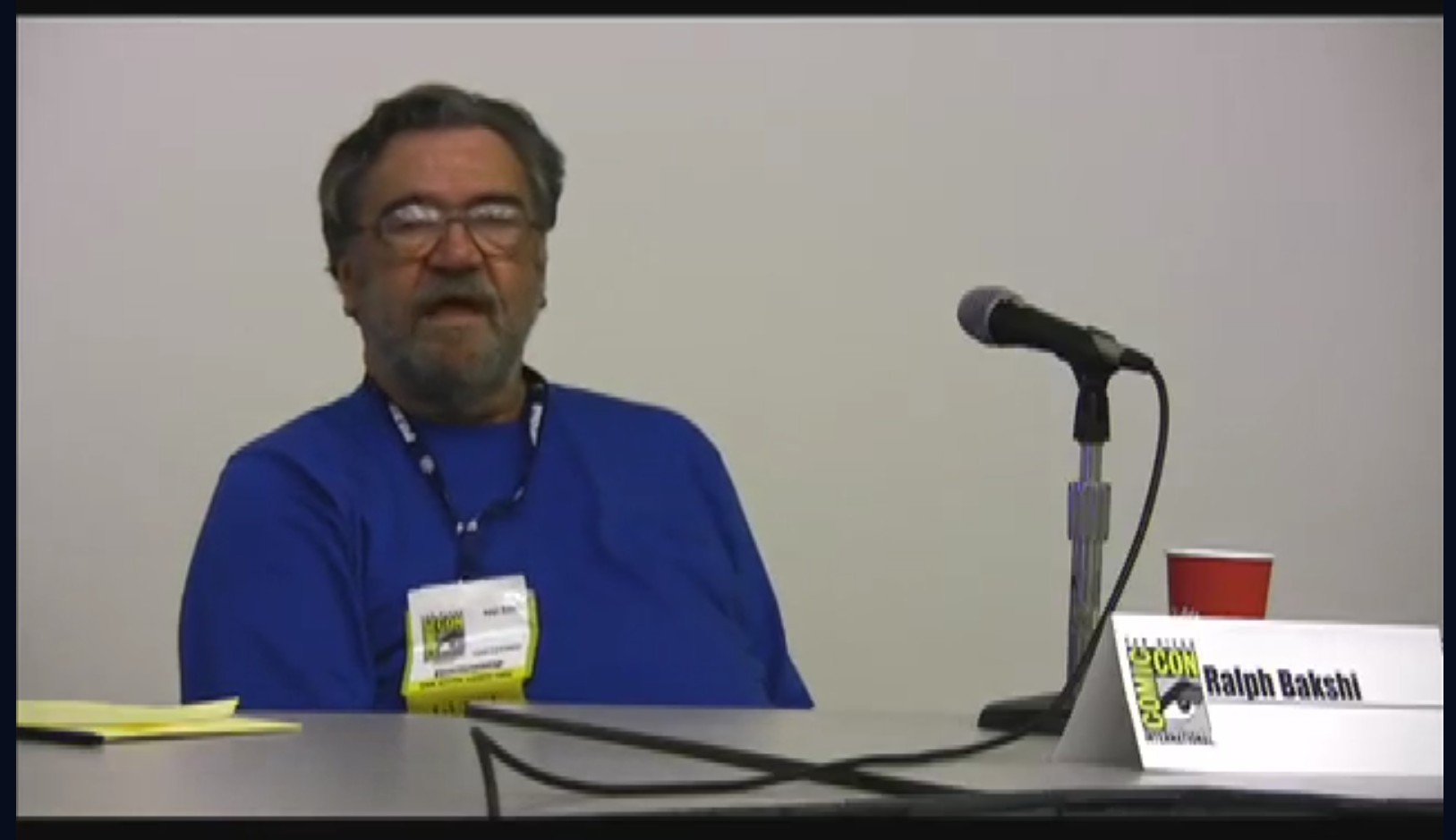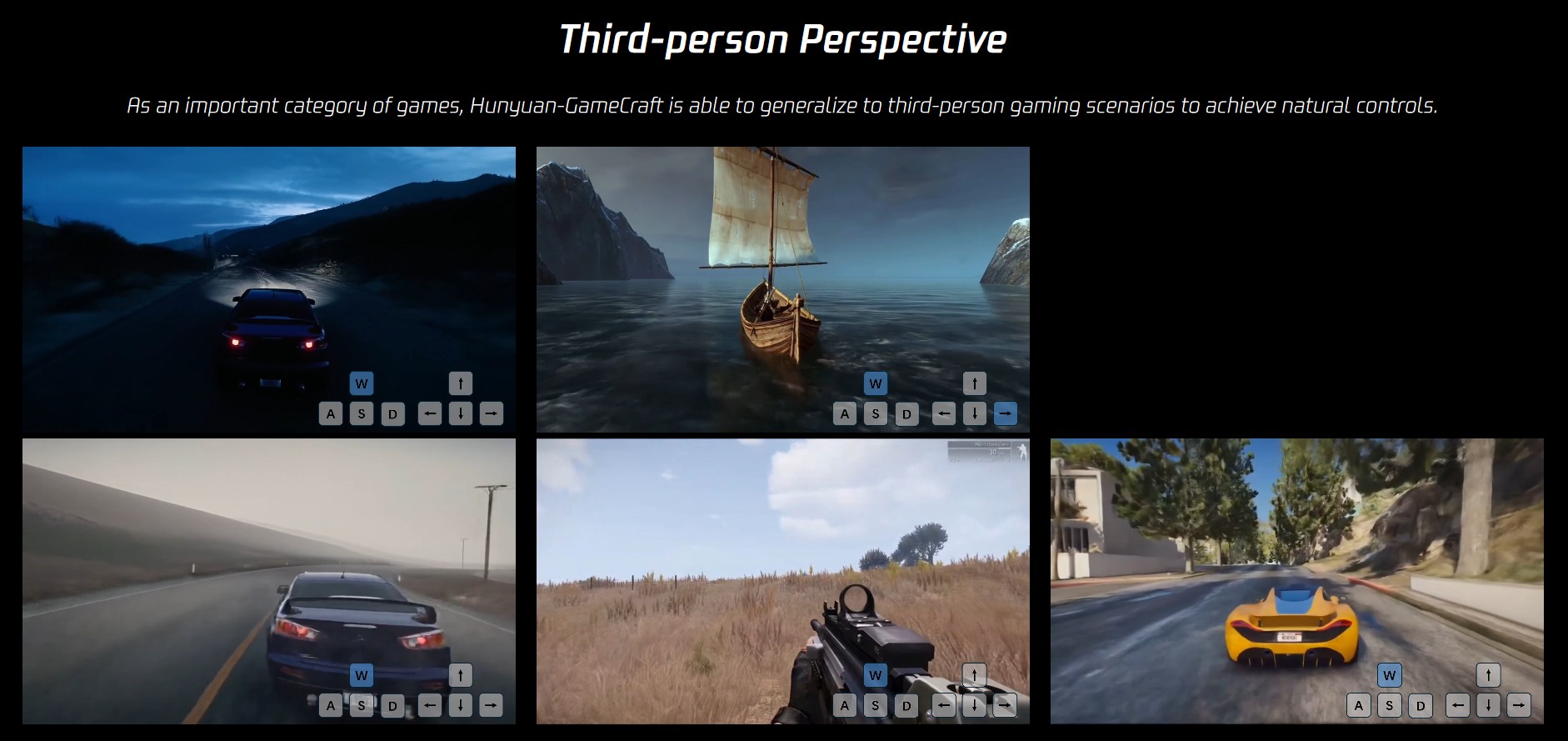BREAKING NEWS
LATEST POSTS
FEATURED POSTS
-
Composition – These are the basic lighting techniques you need to know for photography and film
http://www.diyphotography.net/basic-lighting-techniques-need-know-photography-film/
Amongst the basic techniques, there’s…
1- Side lighting – Literally how it sounds, lighting a subject from the side when they’re faced toward you
2- Rembrandt lighting – Here the light is at around 45 degrees over from the front of the subject, raised and pointing down at 45 degrees
3- Back lighting – Again, how it sounds, lighting a subject from behind. This can help to add drama with silouettes
4- Rim lighting – This produces a light glowing outline around your subject
5- Key light – The main light source, and it’s not necessarily always the brightest light source
6- Fill light – This is used to fill in the shadows and provide detail that would otherwise be blackness
7- Cross lighting – Using two lights placed opposite from each other to light two subjects
-
LasVegas’ Sphere and the Big Sky Camera
https://theasc.com/articles/sphere-and-the-big-sky-camera
Sphere is a 516′-wide, 366′-tall geodesic dome that houses the world’s highest-resolution screen: a 160,000-square-foot LED wraparound that fills the peripheral vision for 17,600 spectators (20,000 if standing-room areas are included). The curved screen is a 9mm-pixel-pitch, sonically transparent surface of LED panels with 500-nit brightness that produce a high-dynamic-range experience. The audience sits 160′ to 400′ from the screen in theatrical seating, and the screen provides a 155-degree diagonal field of view and a more-than-140-degree vertical field of view.
The image on the screen is 16K (16,384×16,384) driven by 25 synchronized 4K video servers.
https://nofilmschool.com/darren-aronofsky-sphere-camera
Cross section:
-
Types of Film Lights and their efficiency – CRI, Color Temperature and Luminous Efficacy
nofilmschool.com/types-of-film-lights
“Not every light performs the same way. Lights and lighting are tricky to handle. You have to plan for every circumstance. But the good news is, lighting can be adjusted. Let’s look at different factors that affect lighting in every scene you shoot. “
Use CRI, Luminous Efficacy and color temperature controls to match your needs.Color Temperature
Color temperature describes the “color” of white light by a light source radiated by a perfect black body at a given temperature measured in degrees Kelvinhttps://www.pixelsham.com/2019/10/18/color-temperature/
CRI
“The Color Rendering Index is a measurement of how faithfully a light source reveals the colors of whatever it illuminates, it describes the ability of a light source to reveal the color of an object, as compared to the color a natural light source would provide. The highest possible CRI is 100. A CRI of 100 generally refers to a perfect black body, like a tungsten light source or the sun. “https://www.studiobinder.com/blog/what-is-color-rendering-index
(more…)
-
Outpost VFX lighting tips
www.outpost-vfx.com/en/news/18-pro-tips-and-tricks-for-lighting
Get as much information regarding your plate lighting as possible
- Always use a reference
- Replicate what is happening in real life
- Invest into a solid HDRI
- Start Simple
- Observe real world lighting, photography and cinematography
- Don’t neglect the theory
- Learn the difference between realism and photo-realism.
- Keep your scenes organised










